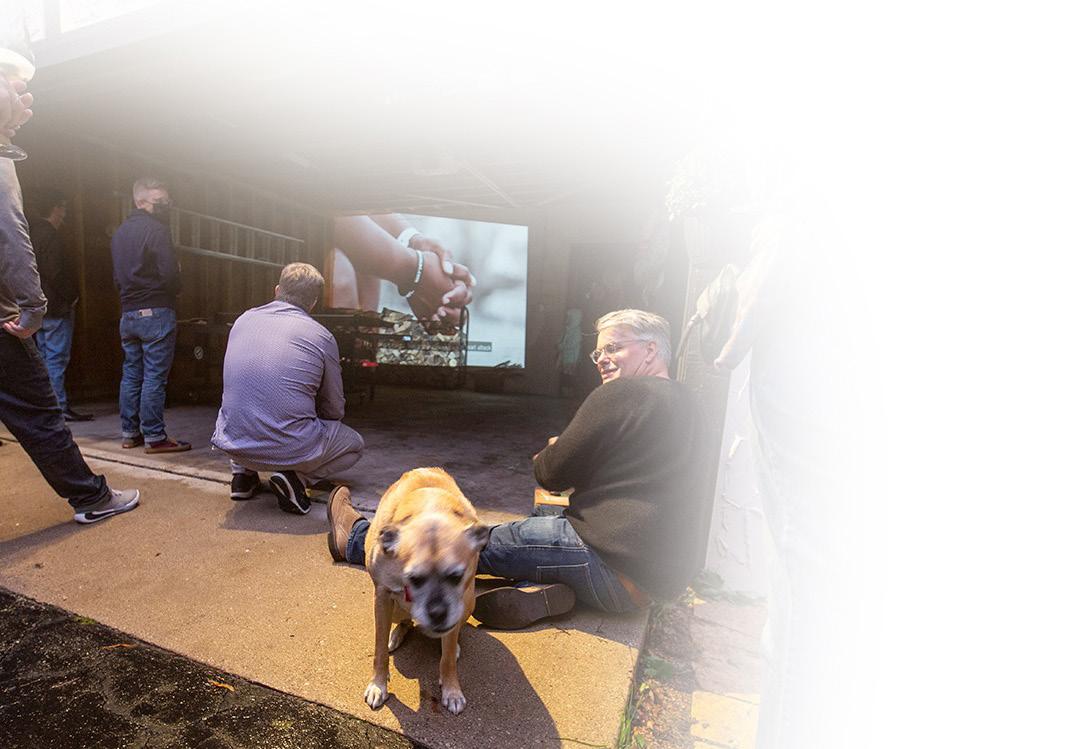16
www.uslaw.org USLA W
How Drones Can Benefit the Insurance Industry Donald Myles and Michael Brown
Not long ago, the idea of unmanned vehicles roaming the skies at our behest seemed something out of science fiction. Very soon, it will just be business as usual. There are already nearly half a million drones registered for commercial use in the United States.1 They are being used across a wide range of industries as an innovative and cost-effective solution to various challenges. The insurance industry is particularly well-suited to benefit from the use of drones. Insurers that implement drone programs stand to enhance worker safety, improve work efficiency, and save substantial cost. Following is a brief overview of drone design and some practical ways insurers can use drones, including a case study that shows the advantages of drones. All drones share certain features that make them useful to insurers. To begin with, they are small, easily maneuverable, and far less expensive than manned aircraft.2 They can cover large areas quickly and, because they have no onboard pilot, can access places that are unsafe for human travel. An insurer can accomplish most drone-related tasks with just two models: the multi-rotor drone and the fixed-wing drone.
Jones, Skelton & Hochuli, P.L.C.
Multi-rotor drones are best suited when one needs a small camera in the air for a short period of time.3 Their multiple rotors allow for precise controls, making them perfect for aerial photography. However, their flight duration and speed are limited. Current battery technology limits flight time to around 25 minutes when carrying lighter camera equipment. A heavier payload will shorten the flight time. As such, multi-rotor drones might not be suitable for projects requiring long distance travel. Fixed-wing drones rely on wings instead of rotors to provide vertical lift—a more energy efficient design than the multi-rotor variety. They can also run on fuel engines, as opposed to electric, with some models capable of staying aloft for over 16 hours. This longer flight time lends itself to largescale aerial mapping, a task ill-suited for multi-rotor drones. While fixed-wing drones are more efficient, they are not as flexible as their multi-rotor counterparts. Their design prevents them from hovering in one location, making them a poor candidate for general aerial photography. The areas of claims adjustment, risk assessment, disaster management, and fraud monitoring can all benefit greatly from in-
corporating drones into an insurance company’s operations. When put to the task, these drones offer insurers increased efficiency and productivity from their workforce, a corresponding improvement in customer satisfaction, and long-term financial gains. Drones also enhance safety in two major ways: they reduce the number of workers needed in the field, and they provide safer working conditions for the field workers who are needed. Claims adjusters often encounter hazardous situations. They climb ladders to access roofs and chimneys. Complex fire investigations may require scissor lifts or box trucks to evaluate the scene and determine the fire’s origin.4 Where damage is extensive, adjusters might need expert advice on a building’s structural integrity and whether toxic materials are present.5 Harsh weather conditions exacerbate these dangers and present risks of their own.6 Using drones eliminates these and other hazards. No longer would a claims adjuster need to scale a ladder with a camera in one hand and a notepad in the other. Instead, the drone performs the dangerous work, while also providing features that make adjusting claims more efficient and

















